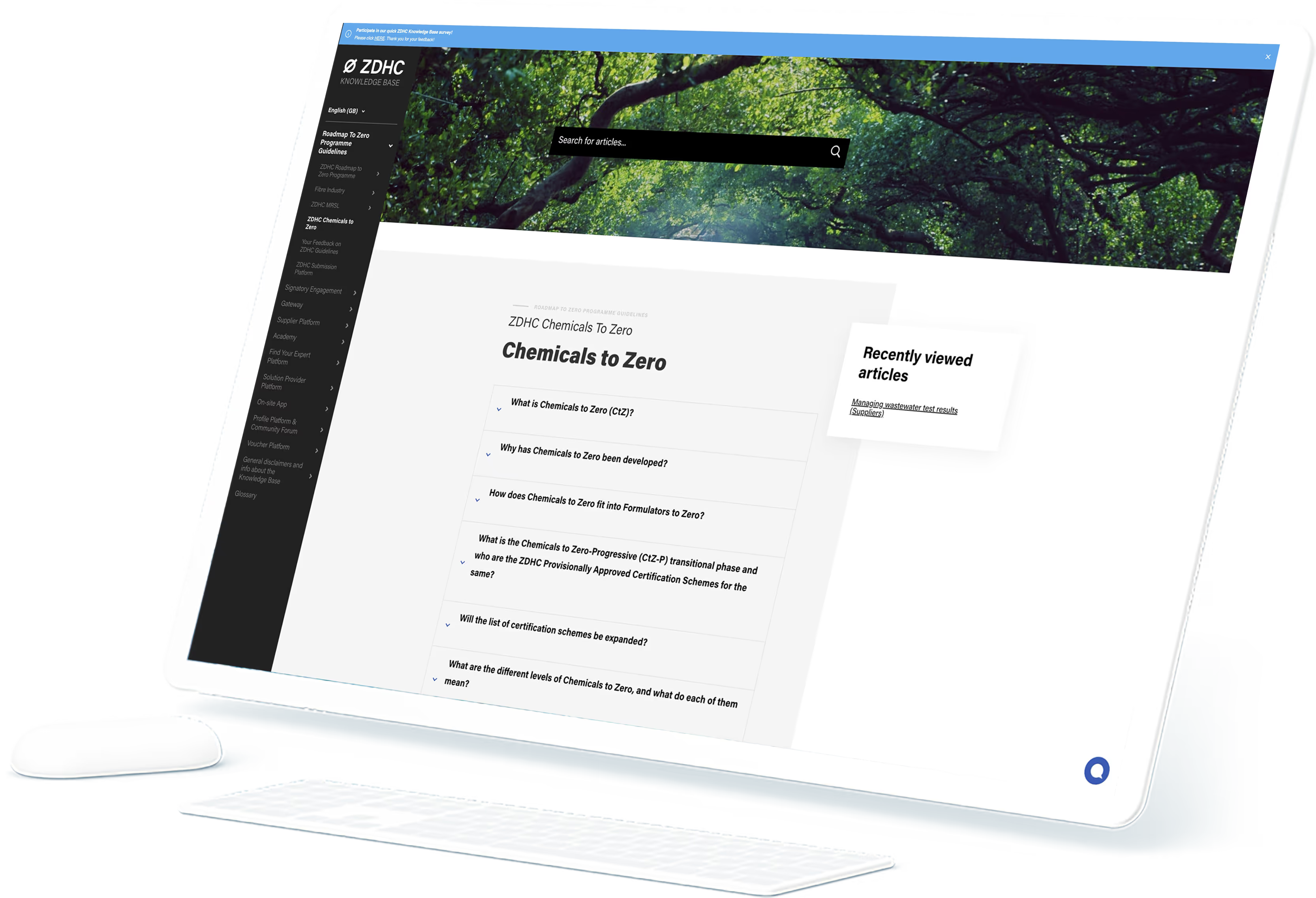Sign up for our newsletter.
Thank you! Your submission has been received!
Oops! Something went wrong while submitting the form.
Contact
Address
ZDHC Foundation
Oudezijds Voorburgwal 316-B, 1012 GM Amsterdam
The Netherlands
Oudezijds Voorburgwal 316-B, 1012 GM Amsterdam
The Netherlands
© Stichting ZDHC Foundation. 2025. All rights reserved








.avif)
